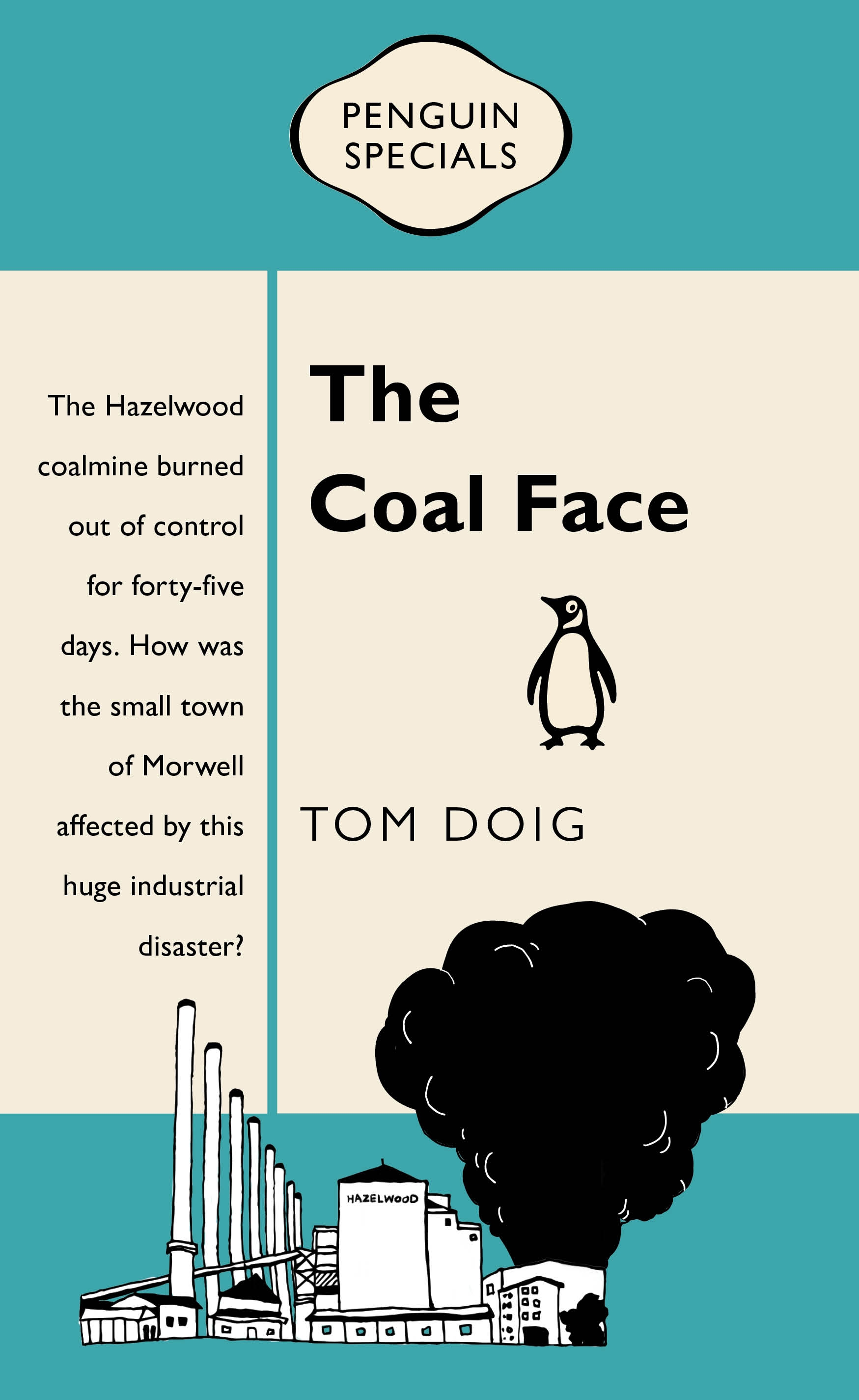Last week the former Workplace Relations Minister, Eric Abetz, informed Australians that amendments had been introduced into the Building Code 2013 concerning drugs and alcohol testing. However an analysis of those amendments shows that the amendments may not achieve what Abetz promised.
Siobhan Flores-Walsh, a Partner with the Australian law firm, Corrs Chambers Westgarth, has provided the following table that summarises a couple of those amendments. Continue reading “Drug and alcohol testing amendments may weaken safety”

 The
The 